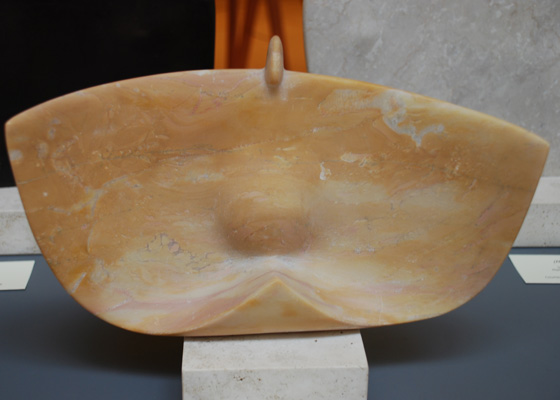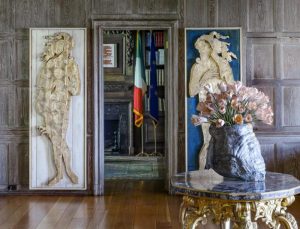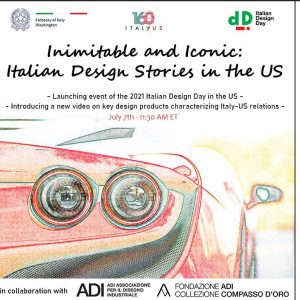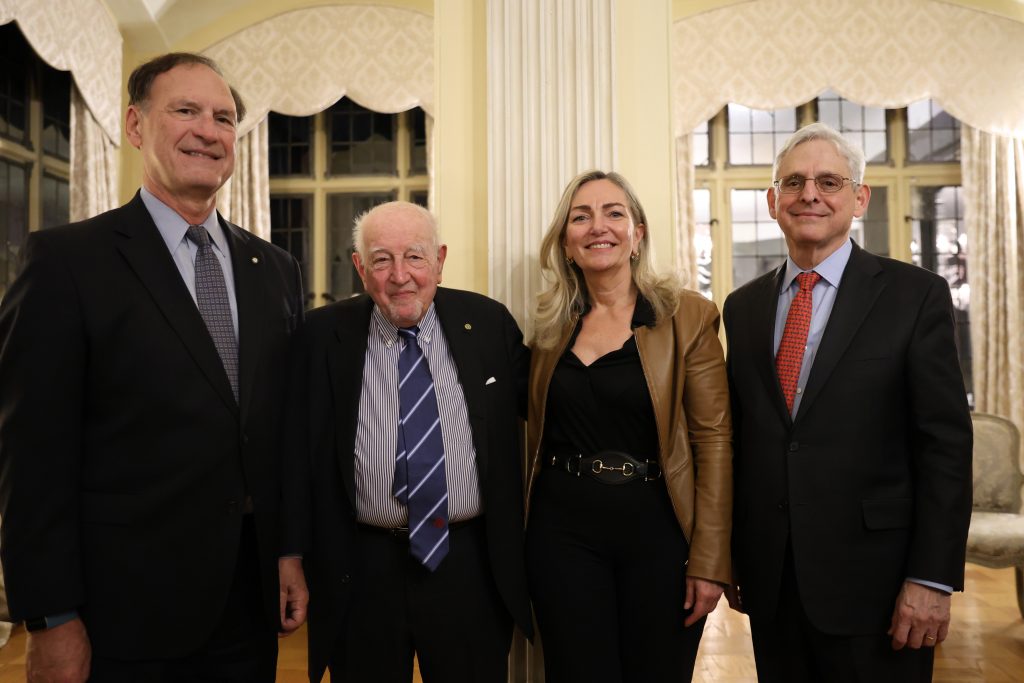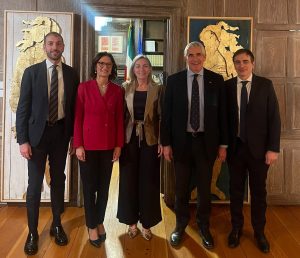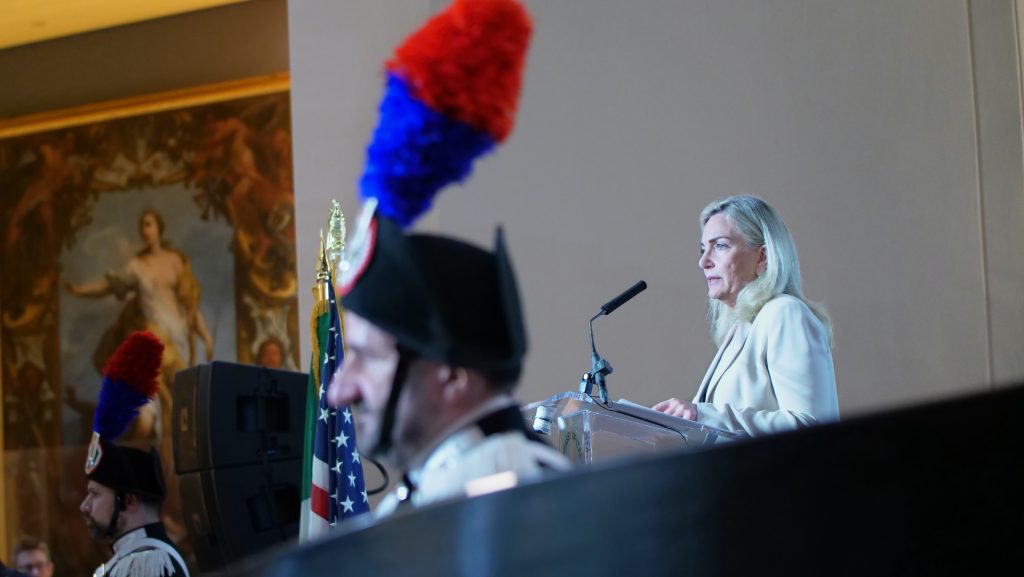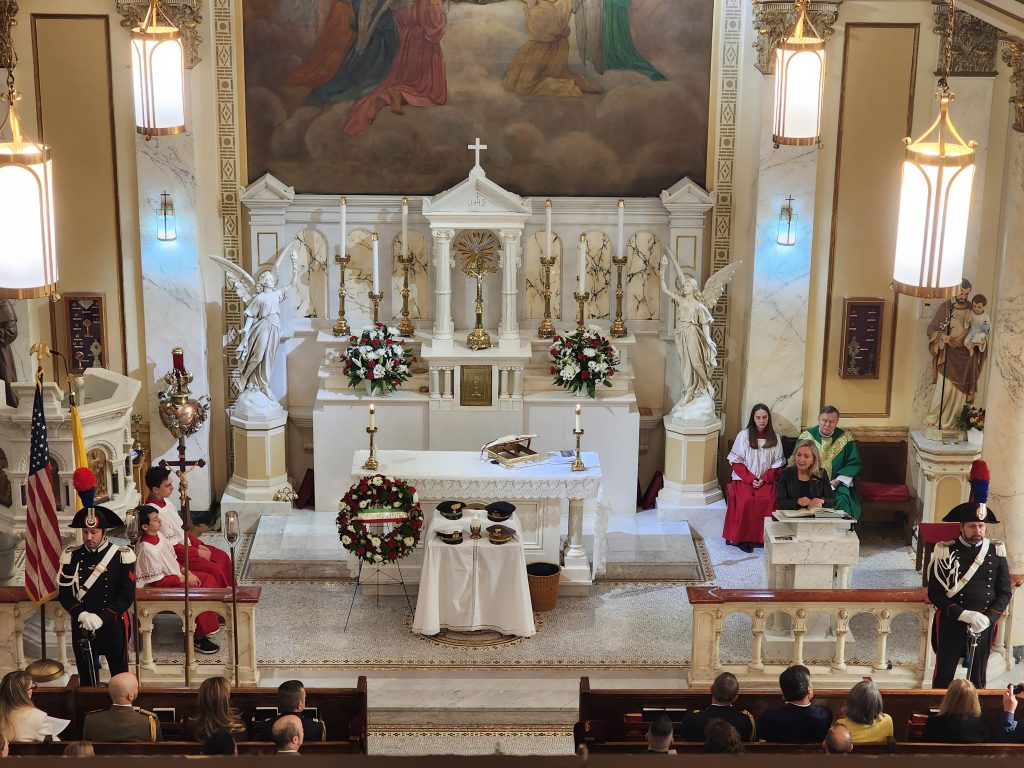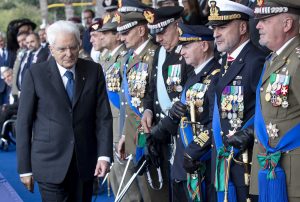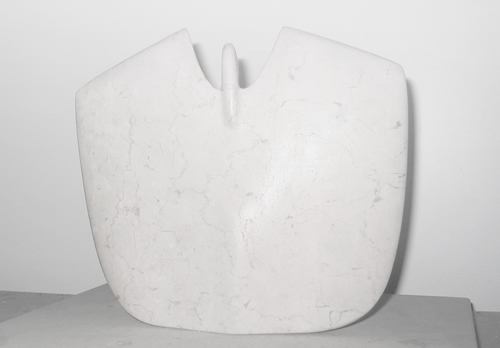
Costantino Nivola was born 100 years ago on July 5, 1911, in Sardinia, Italy. When he was blacklisted by the Fascist police, he fled Italy, and at the age of twenty-seven moved to the United States with his Jewish wife, Ruth Guggenheim.
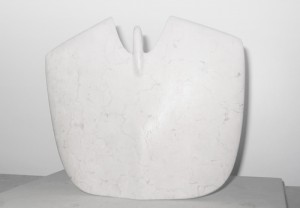
In 1957, using his sand-casting technique, he produced the largest bas-relief in known modern history, a 110-foot-long mural of reinforced concrete for the new building of the Mutual Insurance Company of Hartford. New York City Nivola blossomed as an artist engaging first in graphic design with various journals. In 1952, to great success, he sand-sculptured a wall, now at Harvard University, for the former Olivetti Co. showroom on Fifth Avenue in New York City.
In 1972 the American Academy of Arts and Letters admitted Nivola as its first non-American member. In 1978 the University of California, Berkeley gave him a chair at its Art Department. He died of a heart attack in Southampton Hospital on Long Island, New York, in 1988.
Among his many public commissions is a war memorial in Falls Church, Va., dedicated to the ”Four Chaplains” of World War II.

Nivola’s contributions to modern art were the subject of a symposium recently held at the Phillips Collection in Washington D.C., where among other, noted art historian Fred Licht spoke about Piazza Satta, that Nivola designed in Nuoro, Sardinia. Also participating at the symposium were Architect Diane Lewis, Professor of Architecture at Cooper Union, Adrian Nivola, grandson of the artist, and Renato Miracco, cultural attache at the Embassy of Italy.
A number of Nivola’s works will be on display at the Italian Embassy until April 10, 2012.

On the occasion of Nivola’s centenary, a book edited by Renato Miracco will also be available for purchase. For further information and reservations, contact the Italian Cultural Institute at www.iicwashington.esteri.it.
◊
In 1983 a special issue of Capital named Costantino Nivola among the one-hundred most important Italian people in the US, together with, among others, Mario Cuomo, Frank Sinatra, Giovanni Sartori, Riccardo Muti, and Luciano Pavarotti.
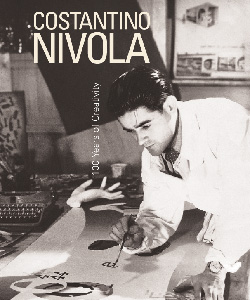 What did he do that was so important? He had fled from Fascist Italy, leaving his Sardinia for New York, where he met and saved his wife Ruth Guggenheim from racial persecution. A humble refugee, just like many others, who escaped from Nazi Europe, in the hopes of finding a better world.
What did he do that was so important? He had fled from Fascist Italy, leaving his Sardinia for New York, where he met and saved his wife Ruth Guggenheim from racial persecution. A humble refugee, just like many others, who escaped from Nazi Europe, in the hopes of finding a better world.
In the US his talent as an artist quickly stood out, beginning with his postcard illustrations (during his first period of financial hardship) followed by the sophisticated design of specialist reviews like Interiors and You, of which he later became director.
He befriended others forced into exile (like Steinberg, De Kooning, Breuer) as well as Americans (like Calder, Kline, and Pollock). But one friendship stood out, and made a profound impact on his life, both as an artist and an individual: that with Le Corbusier. In turn, Le Corbusier was touched by Nivola’s authentic brilliance and the Mediterranean imprint of his works.
This book, published in celebration of the centenary of Nivola’s birth, aims to explore this extraordinary artist, with contributions by his family, friends, and art critics.
ON VIEW: At the Italian Embassy where the Italian Cultural Institute is currently located | By appt. (Mon-Fri:10am-12pm/2pm-4pm), Reservations at iicwashington@esteri.it
##
